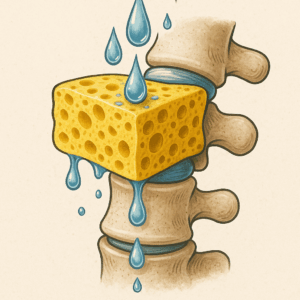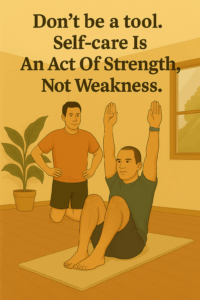HIT Workouts
With the New Years right around the corner, the biggest thing on most people‘s minds is losing fat , losing weight and getting their bodies in shape for 2016 and beyond.
And in case you‘re among those who wants to be able to show off that lean, trim, and fit look while donning a bathing suit, there‘s good news… You don’t have to wait till 2016!
In fact, a 2012 study shows us you can get fit and healthy in a fraction of the time it normally takes. Let me explain…
A group of researchers from Liverpool John Moores University (LJMU) and the University of Birmingham have taken existing research on short bursts of intense exercise to a new level.
Their research shows we can get ALL the health and fat burning benefits of aerobic exercise in as little as 90 minutes a week.[1] This is a far cry from the recommended 5 hours of low-intensity exercise recommended by the World Health Organization (WHO).
And yes, while the results from this research sound like the promises for some new-fangled, infomercial- ab gizmo (i.e. ―Get flat, toned, sexy abs in just 3 minutes a day!), the claims are based on sound science.
The study, published in The Journal of Physiology, found that by doing High Intensity Interval Training (HIT) and/or Sprint Interval Training (SIT), you can get all the health benefits that come from performing 5 hours of ―traditional‖ exercise every week.
Researchers took sedentary participants and split them into two groups. One group was in the ―intense‖ exercise group, working out briefly three times a week. The other group did endurance exercise (45 – 60 minutes of low intensity cycling) 5 days a week. After six weeks, the researchers measured various health markers in the subjects. As it turned out, both groups had the same improvements in health. Of course, the exciting part is that the high-intensity group got the benefits in a fraction of the time.
This study confirms what we‘ve known for a while – high-intensity exercise has too many health benefits to ignore!
For example, did you know that intense exercise is the only kind of exercise that stimulates the release of Human Growth hormone.
In fact, it explains why the results of this LJMU study were so successful. HGH is the ―youth hormone. It helps your body build muscle, burn fat, and keeps you feeling energetic and young.
If you‘re over 30, your HGH levels start to steadily decline and this contributes to the aging process. But by doing HIT or SIT, you can fight back against the hands of time and boost your HGH naturally.
PLUS – another benefit of high- intensity training you may not know of is the ―after burn effect. It‘s called excess post-exercise oxygen consumption (EPOC) and it‘s when your metabolism is still roaring, burning calories many hours AFTER your workout ended. Over a few weeks and months, it can add up to a few ―bonus‖ pounds of fat lost.
So if you‘re serious about getting fit before summer, try adding in some HIT into your weekly routine. Make sure you check with your doctor first, however, as you need to be in good overall health to do it. And make sure that you use a qualified personal trainer and get some personal training. A qualified personal trainer will properly asses you and periodize your personal training program so that you don’t get hurt and maximize your progress. This personal training program with a qualified personal trainer will drastically enhance your weight loss, fat loss and strength gain. Once you get to your HIT segment in just two or three sessions per week is all you need. Any more can lead to over training, leaving you feeling fatigued and drained.And remember with a QUALIFIED personal trainer!
And, always remember—you can’t out train a bad diet. So while you can reduce the amount of time you spend exercising and get results in a shorter period of time, it still has to work in combination with a sensible, metabolic typing diet.
Get more information @







